Why Live Music Concerts Or Gigs Impacts Us Beyond The Sound
From Sonic Immersion to Emotional Synchrony
Live concerts are immersive, multisensory experiences that activate a wide range of neurological, emotional, and social systems. Unlike recorded music, live performances engage the brain’s predictive coding mechanisms, stimulate mirror neurons, and trigger reward pathways in real time. The combination of crowd dynamics, acoustic variability, and visual stimuli creates a unique environment for emotional resonance and memory formation. Scientific studies have shown that attending concerts can reduce cortisol levels, increase oxytocin, and stimulate dopamine release.
These biochemical changes are linked to feelings of connection, joy, and transcendence. The communal nature of concerts also fosters synchrony, a phenomenon where individuals unconsciously align movements and emotions with others around them. This synchrony has been shown to increase empathy and strengthen social bonds. From a physiological standpoint, concerts elevate heart rate variability, which is a marker of emotional regulation and resilience. The following sections explore the factual mechanisms behind these effects, mapping how concerts shape cognition, emotion, and identity.
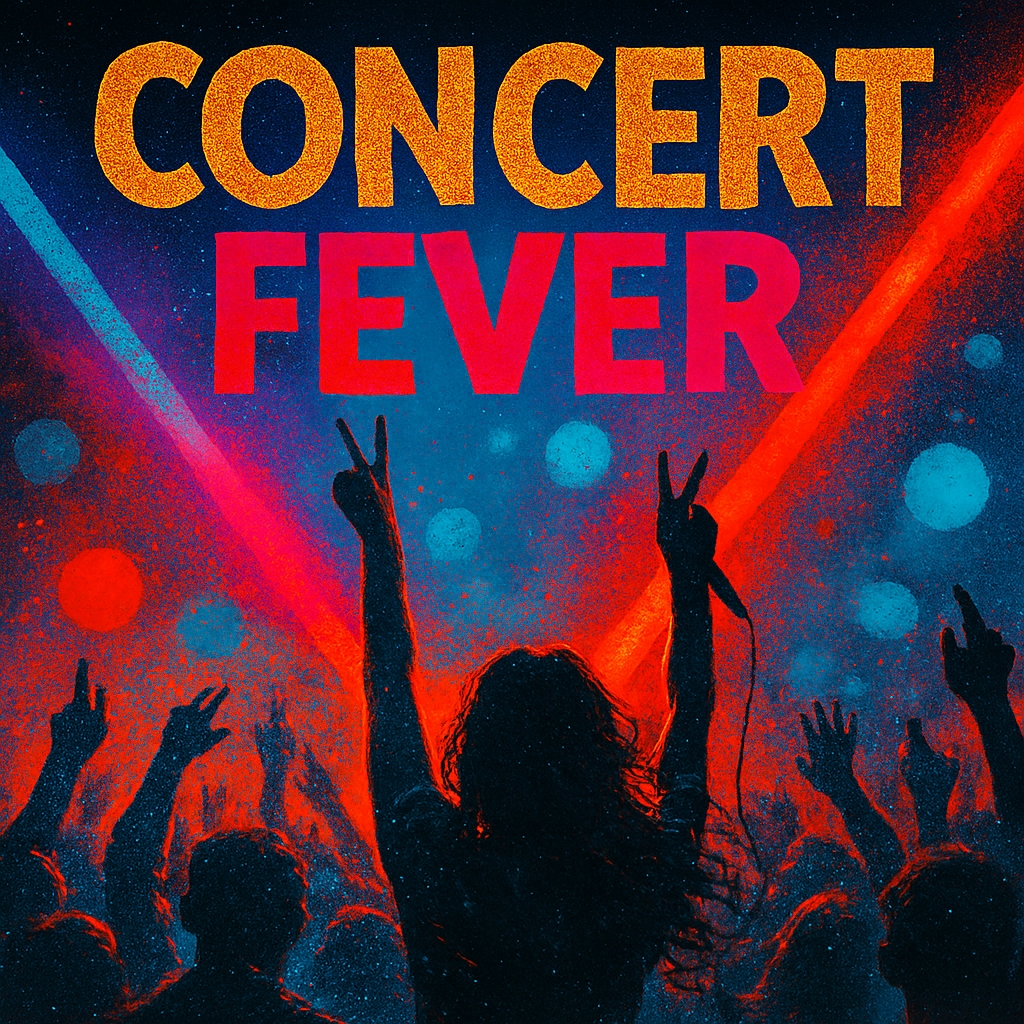
Auditory Immersion and Brainwave Entrainment
Live music generates dynamic soundscapes that differ significantly from studio recordings in terms of frequency, amplitude, and spatial distribution. These sonic variations stimulate the auditory cortex more intensely, leading to heightened neural engagement. Brainwave entrainment occurs when rhythmic stimuli synchronize with neural oscillations, particularly in the alpha and theta bands. This synchronization can induce meditative or euphoric states depending on tempo and harmonic structure. Studies using electroencephalography have shown that live music can modulate brainwave patterns more effectively than recorded tracks.
The unpredictability of live performance activates the brain’s predictive coding system, enhancing attention and memory. Auditory immersion in concerts is multisensory, involving not only sound but also visual and tactile stimuli. The brain integrates these inputs to create a cohesive experience that is more emotionally impactful. The spatial acoustics of a venue also play a role, with reverberation and sound diffusion contributing to the sense of immersion. These factors combine to create a unique auditory environment that deeply engages the brain.
Engagement And Self-Expression
Neurochemical Shifts and Emotional Regulation
Attending a live concert triggers a cascade of neurochemical changes that influence mood, cognition, and social behavior. Dopamine, a neurotransmitter associated with reward and pleasure, is released in response to musical anticipation and peak emotional moments. Oxytocin, often referred to as the “bonding hormone,” increases during shared musical experiences, enhancing feelings of trust and connection. Cortisol, the primary stress hormone, tends to decrease in concert settings, contributing to relaxation and emotional relief.
These shifts are not merely anecdotal; they have been measured in controlled studies using saliva samples and neuroimaging techniques. The interplay of these chemicals supports emotional regulation, helping individuals process complex feelings and reduce anxiety. Music also activates the limbic system, particularly the amygdala and hippocampus, which are involved in emotion and memory. This activation strengthens the emotional impact of the experience and enhances long-term recall. The neurochemical effects of concerts are cumulative, meaning repeated attendance can lead to sustained improvements in mood and emotional resilience.
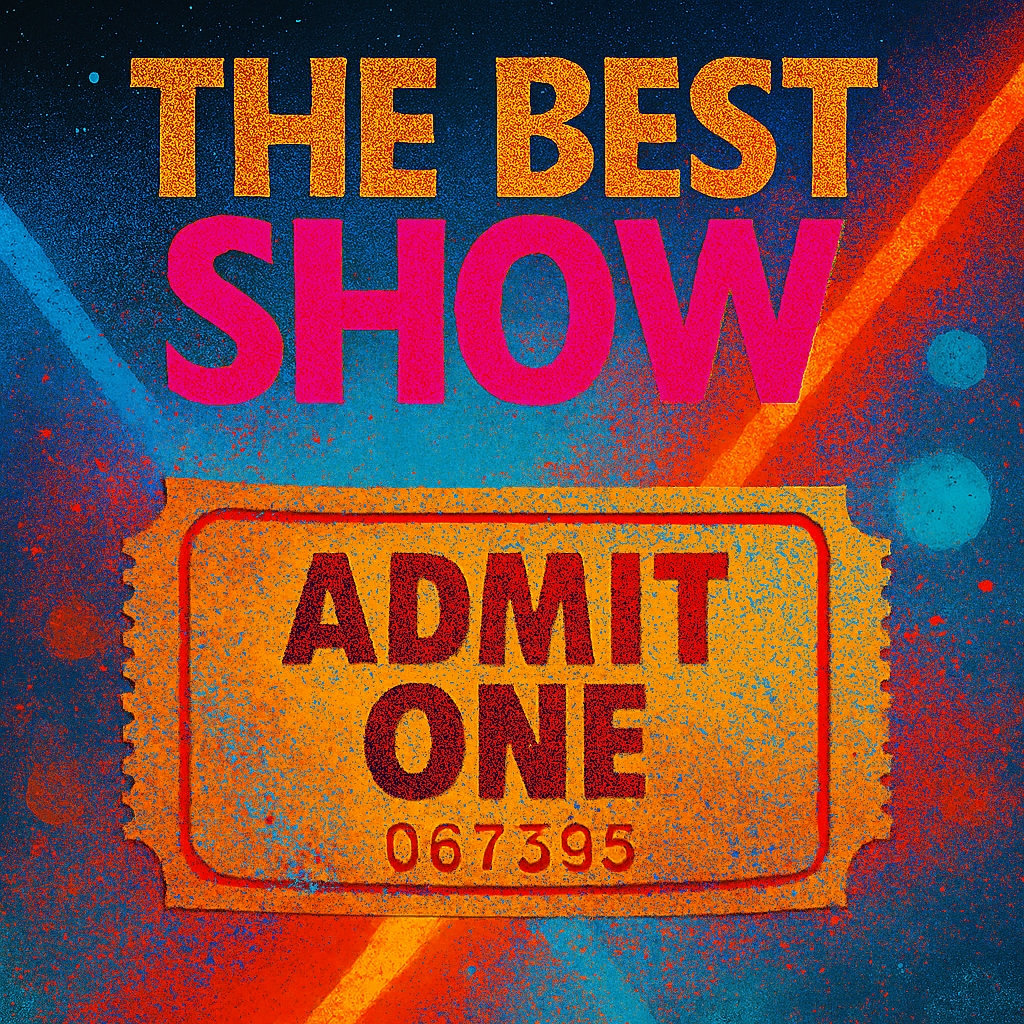
Predictive Coding and Cognitive Engagement
The brain constantly generates predictions about incoming sensory information, a process known as predictive coding. Live music challenges these predictions through improvisation, tempo changes, and unexpected harmonies. This cognitive dissonance forces the brain to update its models, enhancing attention and learning. Studies have shown that musical novelty increases activity in the prefrontal cortex, which is responsible for decision-making and executive function.
The engagement required to process live music strengthens neural pathways associated with focus and adaptability. Unlike passive listening, live concerts demand active cognitive participation. The brain must track multiple variables simultaneously, including rhythm, melody, and visual cues from performers. This complexity promotes neuroplasticity, the brain’s ability to reorganize itself in response to new experiences. Predictive coding also contributes to emotional intensity, as the resolution of musical tension creates a sense of satisfaction and closure. These cognitive effects are particularly pronounced in genres that emphasize improvisation, such as jazz and experimental electronic music.
Social Synchrony and Group Cohesion
Concerts create environments where individuals unconsciously synchronize their movements, emotions, and physiological responses with others. This phenomenon, known as social synchrony, has been observed in studies measuring heart rate, respiration, and galvanic skin response. Synchrony enhances feelings of belonging and reduces social anxiety. It also increases empathy, as individuals become more attuned to the emotional states of those around them.
Group cohesion is further reinforced by shared rituals, such as clapping, singing along, and dancing. These behaviors activate mirror neurons, which play a role in understanding and mimicking the actions of others. The collective experience of music fosters a sense of unity that transcends individual differences. This effect is amplified in large venues, where the sheer scale of participation creates a powerful emotional atmosphere. Social synchrony has evolutionary roots, as coordinated behavior was essential for survival in early human communities. Concerts tap into this ancient mechanism, transforming individual listeners into a cohesive emotional network.
Visual Stimuli and Multisensory Integration
Live concerts are visually rich environments that engage the brain’s multisensory integration systems. Lighting effects, stage design, and performer movements provide visual stimuli that complement the auditory experience. The brain combines these inputs to create a unified perceptual event, enhancing emotional impact. Studies using functional MRI have shown that multisensory integration increases activity in the superior temporal sulcus and the intraparietal sulcus, regions involved in attention and spatial awareness.
Visual stimuli also influence emotional interpretation, with color and movement affecting mood and arousal levels. The synchronization of visual and auditory elements creates a sense of coherence that deepens immersion. This integration is particularly effective in genres that emphasize spectacle, such as pop and electronic dance music. The visual dimension of concerts also aids memory formation, as vivid imagery is more likely to be encoded and recalled. Multisensory experiences are more emotionally resonant than single-sense events, making concerts uniquely powerful.
Physiological Responses and Heart Rate Variability
Concerts elicit measurable physiological responses that reflect emotional engagement and stress regulation. Heart rate variability, a marker of autonomic nervous system balance, tends to increase during live music events. Higher variability is associated with better emotional regulation and resilience. Respiration patterns also change, often becoming slower and more rhythmic in response to music. These shifts indicate a move toward parasympathetic dominance, which promotes relaxation and recovery. Skin conductance, a measure of emotional arousal, fluctuates in response to musical intensity and crowd dynamics.
These physiological markers have been studied using wearable sensors and laboratory equipment. The body’s response to live music is holistic, involving cardiovascular, respiratory, and endocrine systems. These changes are not merely reactive; they contribute to the overall emotional experience. The physical presence of sound waves, felt through vibration and pressure, adds a tactile dimension to the concert experience. This embodiment of music enhances its emotional and physiological impact.

Disability and the Concert Experience
Live music should be universally accessible, yet for many disabled concertgoers, the experience is shaped by a complex interplay of architectural design, social awareness, and sensory environments. Accessibility begins with infrastructure — ramps, seating arrangements, restrooms, and transportation — but extends far beyond physical entry. For individuals with mobility impairments, visual or auditory disabilities, neurodivergence, or chronic health conditions, the concert environment can either foster inclusion or reinforce exclusion. Studies show that inclusive design — such as captioned lyrics, sensory-friendly zones, and trained staff — significantly improves emotional engagement and safety.
The presence of interpreters, tactile sound systems, and visual cues allows Deaf and hard-of-hearing attendees to experience music through vibration and light. Neurodivergent fans benefit from quiet zones, predictable schedules, and reduced sensory overload. Emotional resonance is not diminished by disability — in fact, many disabled concertgoers report heightened connection due to the effort and intentionality required to attend.
The social dynamics of concerts also matter: when venues cultivate respect, visibility, and agency, disabled attendees feel empowered to participate fully. Accessibility is not a checklist — it’s a philosophy of inclusion that transforms the concert from a spectacle into a shared human experience. As more artists and venues embrace universal design, the emotional and cultural reach of live music expands. Disability is not a limitation — it’s a lens that reveals what true inclusion looks like when sound, space, and spirit align.
Memory Formation and Emotional Encoding
Live concerts are potent environments for memory formation due to their emotional intensity and multisensory richness. The hippocampus, a brain region involved in memory, is highly active during emotionally charged experiences. Music also enhances the encoding of autobiographical memories, linking specific songs to personal events. This effect is stronger in live settings, where the uniqueness of the performance creates distinct memory traces. Emotional encoding is facilitated by the amygdala, which tags memories with affective significance.
Studies have shown that people recall concert experiences with greater clarity and emotional detail than other leisure activities. The combination of novelty, emotional arousal, and social context makes concerts ideal for long-term memory formation. These memories often serve as emotional anchors, providing comfort and identity reinforcement. The act of sharing concert memories also strengthens social bonds and contributes to cultural continuity. Memory formation in concerts is not passive; it is an active process shaped by attention, emotion, and multisensory input.
Identity Construction and Self-Expression
Concerts play a role in shaping personal identity and facilitating self-expression. Attendees often choose events that reflect their values, tastes, and social affiliations. This selection process reinforces identity through symbolic participation. The act of attending a concert becomes a statement of belonging and preference. Music genres carry cultural and ideological meanings that influence self-perception. Studies in social psychology have shown that musical preferences correlate with personality traits and social attitudes. Concerts provide a space for individuals to explore and affirm these aspects of identity.
The communal nature of the event also allows for social comparison and validation. Observing others with similar interests reinforces a sense of belonging and self-worth. Identity construction is further supported by the emotional intensity of the experience, which creates lasting associations between music and self-concept. Concerts are not just entertainment; they are rituals of identity formation and affirmation.
Cultural Transmission and Collective Memory
Live music events serve as platforms for cultural transmission and the reinforcement of collective memory. Performers often incorporate historical references, social commentary, and cultural symbols into their shows. These elements contribute to the preservation and dissemination of cultural narratives. Audience participation in these rituals reinforces shared values and historical continuity. Studies in ethnomusicology have documented the role of concerts in maintaining cultural identity across generations.
The collective memory formed during concerts becomes part of a community’s emotional and historical fabric. This process is particularly evident in genres with strong cultural roots, such as folk, reggae, and indigenous music. Concerts also serve as sites of cultural innovation, where new styles and ideas are introduced and tested. The interplay between tradition and innovation creates a dynamic cultural ecosystem. Cultural transmission through music is not passive; it involves active engagement, interpretation, and emotional investment.
Concert Rituals and Emotional Anchoring
Rituals at live concerts — from pre-show anticipation to encore applause — serve as emotional anchors that heighten the impact of the experience. These rituals activate the brain’s reward system, reinforcing positive associations with music and social connection. The act of waiting in line, choosing outfits, and arriving at the venue builds anticipatory dopamine release. Once inside, synchronized behaviors like cheering, waving, and singing along create a shared emotional rhythm.
These rituals mirror ancient communal practices, linking modern concerts to deep cultural traditions. Emotional anchoring occurs when specific songs or moments become tied to personal memories. This anchoring strengthens autobiographical recall and reinforces identity. Rituals also provide structure, helping attendees navigate the emotional highs and lows of the performance. The repetition of these behaviors across multiple concerts builds a personal mythology around live music. Over time, these rituals become part of a listener’s emotional landscape, shaping how they relate to music and memory.
Crowd Dynamics and Emotional Contagion
Large crowds at concerts create conditions for emotional contagion — the rapid spread of affective states through nonverbal cues and shared attention. When one person expresses joy or awe, others nearby often mirror that emotion unconsciously. This phenomenon is supported by mirror neuron activation and group synchrony.
Emotional contagion amplifies the intensity of the concert experience, making individual feelings more vivid and communal. Studies in crowd psychology show that proximity and shared focus increase susceptibility to emotional transmission. The design of the venue — including lighting, acoustics, and layout — influences how emotions flow through the audience. Performers play a key role by modulating energy and directing attention, shaping the emotional tone of the event. Emotional contagion can lead to collective euphoria, catharsis, or even grief, depending on the music and context. These shared emotional states foster a sense of unity and transcendence. The crowd becomes a living organism, pulsing with synchronized feeling. This dynamic is one of the most powerful aspects of live music.
Performer-Audience Feedback Loop
Live concerts operate on a feedback loop between performers and audience, where energy and emotion flow bidirectionally. Performers adjust their delivery based on crowd reactions, creating a responsive and adaptive performance. Audience members, in turn, react to subtle changes in tempo, tone, and gesture. This loop enhances engagement and emotional resonance. Neuroscientific studies show that mutual gaze and vocal modulation increase oxytocin levels in both parties. The feedback loop also influences pacing, improvisation, and emotional intensity.
In smaller venues, this loop is more intimate, allowing for nuanced interaction. In larger arenas, visual and auditory cues help maintain connection across distance. The loop creates a sense of co-creation, where the audience feels part of the artistic process. This participatory dynamic distinguishes live music from passive listening. The feedback loop reinforces the uniqueness of each performance, making it a singular emotional event. It also deepens the bond between artist and listener, often leading to long-term loyalty and identification.
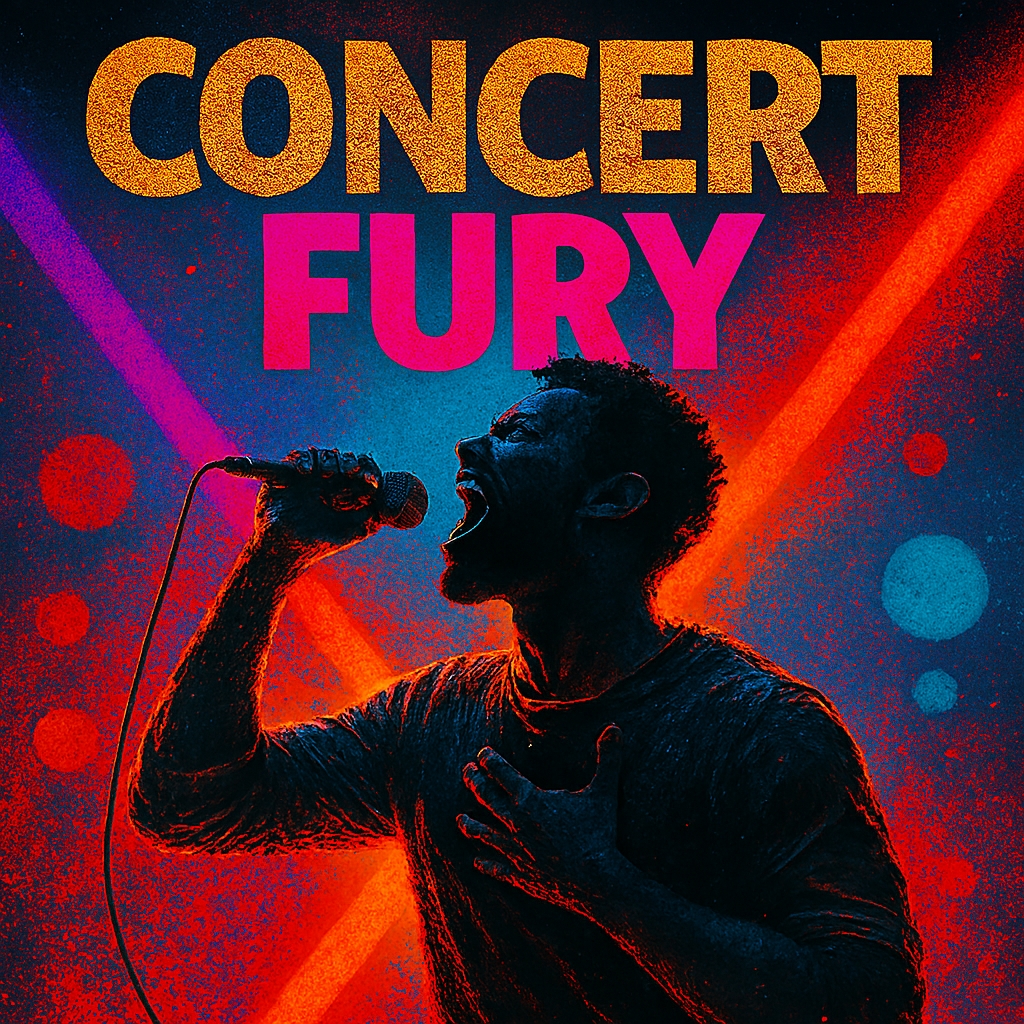
Genre-Specific Emotional Profiles
Different music genres elicit distinct emotional profiles during live performance, shaped by tempo, instrumentation, and cultural context. Classical concerts often evoke introspection and awe, supported by harmonic complexity and acoustic precision. Rock and metal shows generate catharsis and adrenaline through distortion, volume, and rhythmic drive. Electronic dance music emphasizes euphoria and bodily movement, facilitated by repetitive beats and synchronized lighting. Folk and acoustic genres foster intimacy and nostalgia, often through storytelling and minimal arrangements.
Hip-hop concerts highlight empowerment and social commentary, driven by lyrical density and rhythmic flow. Jazz performances evoke curiosity and surprise, with improvisation creating emotional unpredictability. Reggae and world music emphasize communal joy and cultural identity, often involving call-and-response and dance. These emotional profiles are not fixed but influenced by audience demographics and venue design. Understanding genre-specific responses helps explain why certain concerts feel radically different. Each genre activates unique neural and emotional pathways, shaping the concert’s psychological impact.
Venue Architecture and Acoustic Ecology
The physical design of a concert venue significantly affects the auditory and emotional experience. Architectural elements like ceiling height, wall materials, and seating layout influence sound diffusion and reverberation. Acoustic ecology refers to how these spatial features interact with musical frequencies and crowd noise. Venues with optimal acoustic design enhance clarity, immersion, and emotional impact. Poor acoustics can lead to auditory fatigue and reduced engagement.
Outdoor venues introduce environmental variables like wind, temperature, and ambient noise, which shape perception. Intimate spaces foster connection and nuance, while large arenas amplify spectacle and crowd energy. The placement of speakers, lighting rigs, and visual screens also affects sensory integration. Venue architecture contributes to memory formation by creating distinct spatial associations. Studies in environmental psychology show that spatial aesthetics influence mood and attention. The venue becomes part of the emotional narrative of the concert. Thoughtful design enhances the transformative potential of live music.
Post-Concert Afterglow and Emotional Integration
The emotional effects of a concert often extend beyond the event itself, creating a post-concert afterglow. This period involves the integration of intense feelings, memories, and social experiences. Neurochemically, dopamine and oxytocin levels remain elevated for hours after the performance. This prolongs feelings of joy, connection, and satisfaction. Emotional integration involves reflecting on the experience, sharing stories, and revisiting memories. These activities reinforce neural pathways and deepen emotional encoding.
The afterglow can influence mood, creativity, and social behavior for days. Some individuals report increased openness, empathy, and emotional clarity following concerts. This effect is similar to the integration phase of peak experiences in psychology. The afterglow also motivates future concert attendance, creating a feedback loop of emotional investment. Social media sharing and post-event rituals contribute to this process. The emotional residue of a concert becomes part of the listener’s internal landscape. This lingering impact is a testament to the depth of live music’s influence.
Concerts and Emotional Resilience
Regular attendance at live music events has been linked to increased emotional resilience. Resilience refers to the ability to recover from stress and adapt to change. Concerts promote resilience by providing emotional catharsis, social support, and neurochemical balance. The intense emotional engagement helps individuals process complex feelings and release tension. Shared experiences foster a sense of belonging and reduce isolation. Studies show that music therapy — including live performance — improves coping skills and emotional regulation. The unpredictability of concerts trains cognitive flexibility and adaptability.
Emotional resilience is also supported by the physical activity involved in dancing, standing, and moving with the crowd. These behaviors activate endorphins and improve mood. Concerts offer a safe space for emotional expression, which is essential for psychological health. Over time, these experiences build a reservoir of positive emotion and social connection. This reservoir enhances resilience in daily life. Live music becomes a tool for emotional maintenance and growth.
Concerts as Emotional Education
Live music events serve as informal platforms for emotional education, helping individuals learn to identify, express, and regulate feelings. The diversity of musical genres exposes listeners to a wide range of emotional vocabularies. Lyrics, melodies, and performance styles model emotional expression and vulnerability. Observing performers navigate intense emotions provides insight into emotional authenticity. Audience reactions offer feedback on emotional norms and boundaries. This process enhances emotional literacy — the ability to understand and communicate feelings. Emotional education through music is experiential, not didactic. It involves immersion, reflection, and social interaction.
Concerts also teach empathy by exposing listeners to diverse perspectives and emotional narratives. These lessons are internalized through repetition and emotional resonance. Emotional education is particularly impactful during adolescence and early adulthood. Live music becomes a formative influence on emotional development. It shapes how individuals relate to themselves and others. Concerts are not just entertainment — they are emotional classrooms.
Conclusion
Live concerts are among the most neurologically, emotionally, and socially complex experiences available in modern life. They activate predictive coding, stimulate neurochemical release, foster social synchrony, and shape identity. The multisensory immersion of sound, light, and movement creates a unique environment for emotional resonance and memory formation. Concerts function as rituals, classrooms, and communal healing spaces.
Their impact extends beyond the event, influencing mood, resilience, and social behavior. Each genre, venue, and performance style offers a distinct emotional profile. The science behind these effects is robust, spanning neuroscience, psychology, sociology, and acoustics. Understanding the mechanisms of live music deepens appreciation and enhances the experience. Concerts are not just moments of escape — they are transformative encounters with sound, self, and society.
Join the Discussion
Have you ever felt changed by a concert — emotionally, physically, or socially? What moments stayed with you long after the music stopped?
#LiveMusicScience #ConcertEmotion #NeuroMusic #EmotionalResonance #MusicAndMemory #SoundAndSelf #ConcertHealing #SonicSynchrony #MusicPsychology #VenueEcology #CrowdEmotion #MusicIdentity #ConcertAfterglow #EmotionalEducation #ResilienceThroughMusic

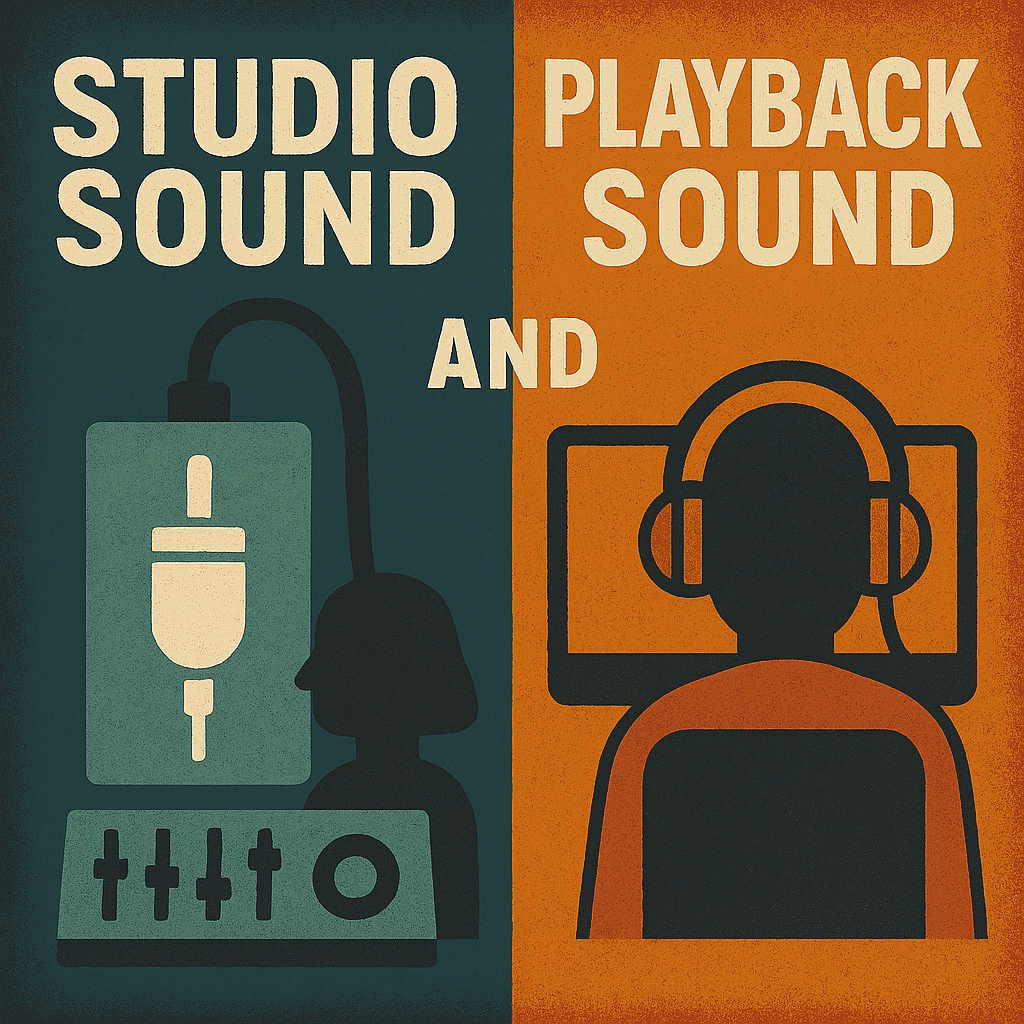
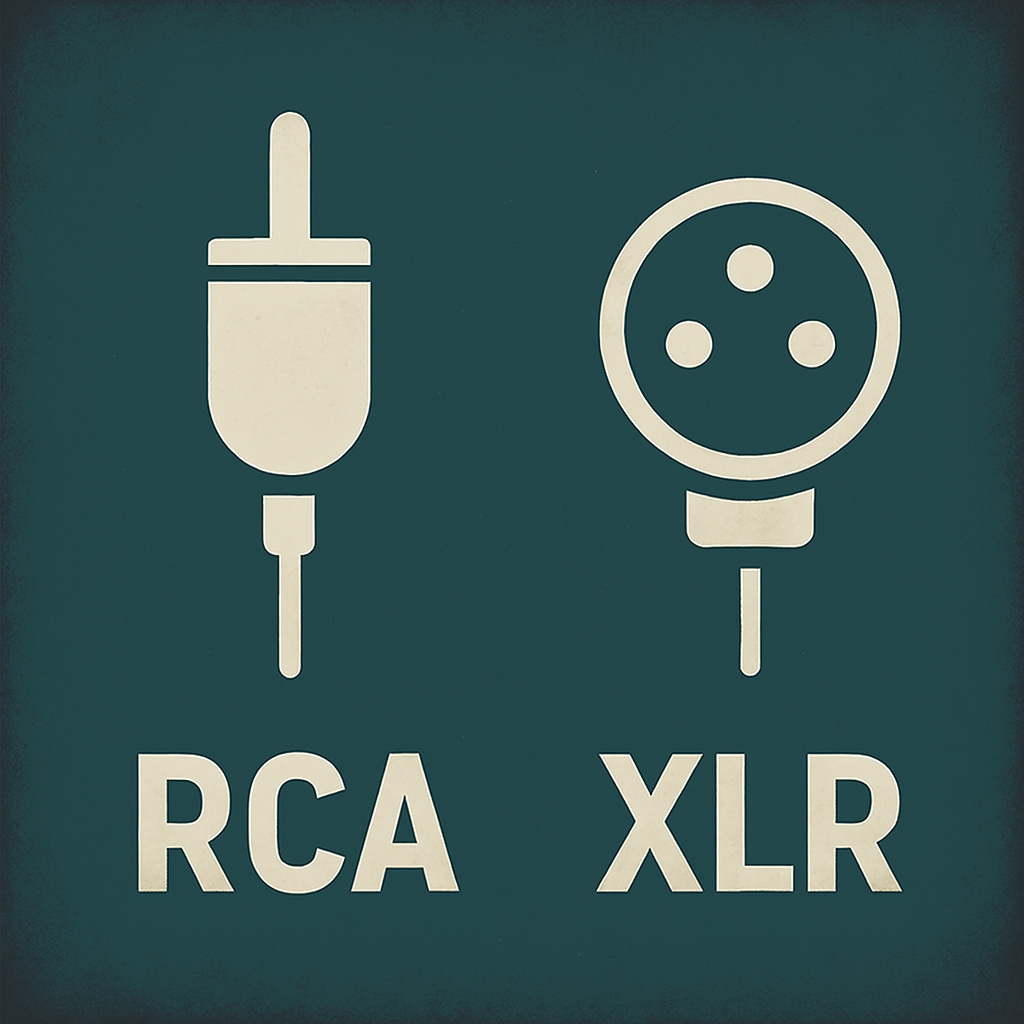


Leave a Reply